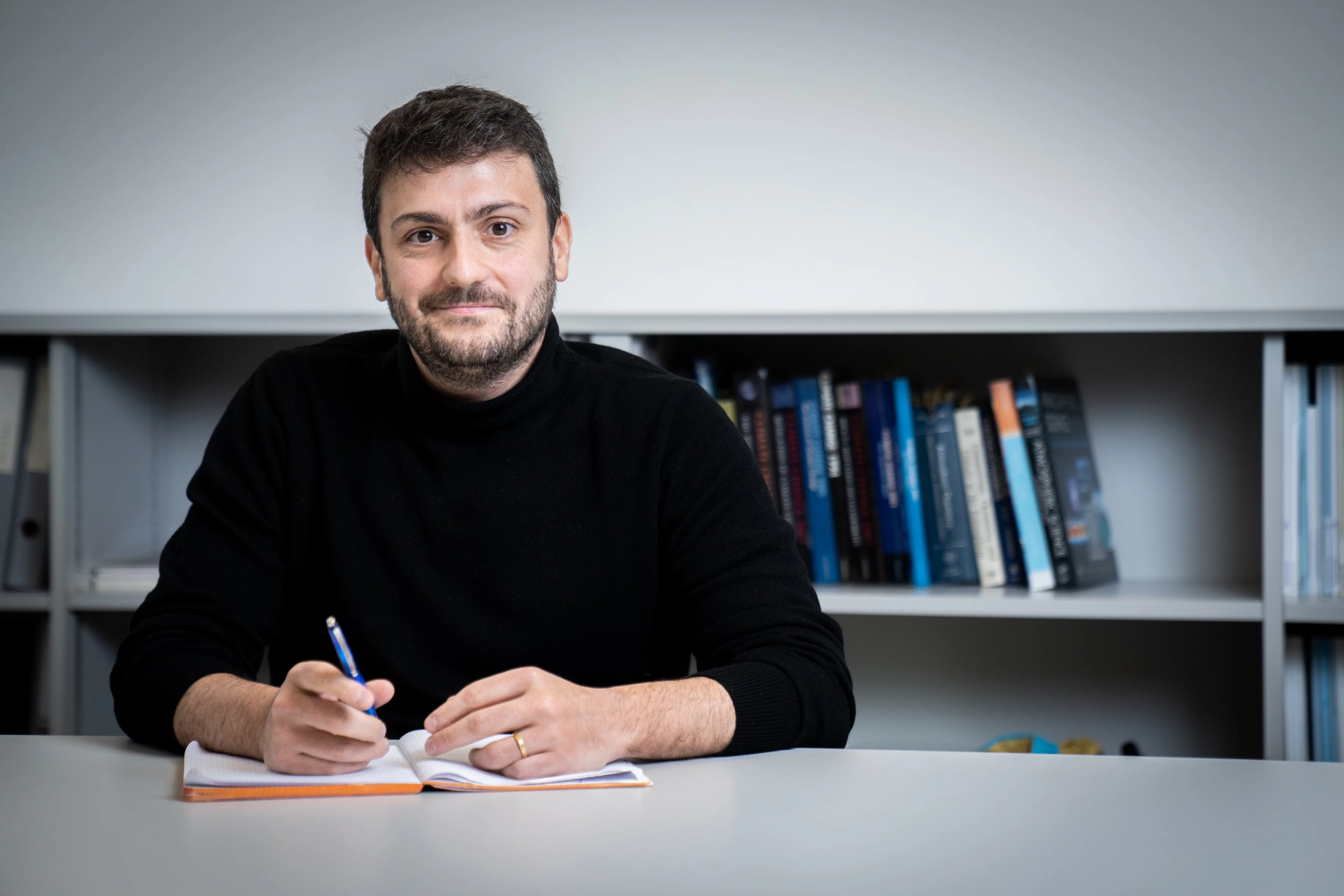PSI is collaborating with University Children’s Hospital Zurich in the development of a breath test for asthma. This should allow rapid, safe and non-invasive diagnosis of the chronic respiratory disease in children. Imad El Haddad, acting head of the Laboratory of Atmospheric Chemistry at PSI, is involved in the study and in the following interview explains why such a test could be incredibly useful – and the contribution PSI is making towards the development project.
Mr El Haddad, why do we need a new diagnostic method for asthma – is the current test inadequate?
Imad El Haddad: No, not at all. Asthma is a chronic inflammatory disease of the lungs that makes breathing difficult. But the symptoms can have many different causes. At present there is no standalone test that shows whether someone is suffering from asthma. The diagnosis is reached based on the patient’s medical symptoms and history, backed up by a lung function test in some cases. Since this type of examination is difficult to carry out effectively in babies and infants, however, the diagnosis tends to be based mainly on suspicion of asthma.
What’s the new test developed in conjunction with University Children’s Hospital Zurich look like?
The idea is to get the child simply to breathe into an online mass spectrometer a few times. By analysing the chemical composition of the air exhaled, we aim to tell whether the patient definitely has asthma or there is a different problem, such as a bacterial infection of the respiratory system. This method also has the advantage of being non-invasive, so no blood sample is required, for example.
And that’s particularly important for children?
Exactly. I have a four-year-old son and I’ve just experienced first hand how difficult it is to take blood from small children. Even if just a few millilitres of blood is needed, that’s still a relatively large amount – in terms of body mass – compared with an adult. In short, a non-invasive diagnostic method is particularly important for young children. That’s why we are developing this test specifically for kids.
How is it possible to diagnose asthma using a breath test?
We analyse the air exhaled from the lungs to check for molecules typically present in the bronchial tubes when there is a chronic inflammation.
So how can PSI be of any help?
Here in the Laboratory of Atmospheric Chemistry we use an analysis method that provides continuous real-time measurement of volatile organic compounds in the atmosphere: proton exchange reaction mass spectrometry. This technique is used to analyse the composition of the atmosphere, for example by means of a mobile platform to measure air pollution at different sites across the globe. Because the analysis method is so stable and robust, and also delivers reproducible results within split seconds, it is perfectly suited to medical diagnostics in hospitals.
When can we expect to see results?
In our first study, we have just taken breath samples from around 80 children and are now analysing the results. We are looking to see whether characteristic molecules can be detected in the breath exhaled by older children suffering from asthma that are not evident in the control group. We will hopefully be able to say in the coming months whether it is worth continuing to pursue this approach – and we are confident it will be.
Interview: Paul Scherrer Institute/Brigitte Osterath
Contact
Dr. Imad El Haddad
Acting head of the Laboratory of Atmospheric Chemistry at PSI
Paul Scherrer Institute, Forschungsstrasse 111, 5232 Villigen PSI, Switzerland
Telephone: +41 56 310 29 95, e-mail: imad.el-haddad@psi.ch [English, French]
Dr. Houssni Lamkaddam
Laboratory for Atmospheric Chemistry
Paul Scherrer Institute, Forschungsstrasse 111, 5232 Villigen PSI, Switzerland
Telephone: +41 56 310 42 04, e-mail: houssni.lamkaddam@psi.ch [English, French]
Copyright
PSI provides image and/or video material free of charge for media coverage of the content of the above text. Use of this material for other purposes is not permitted. This also includes the transfer of the image and video material into databases as well as sale by third parties.

